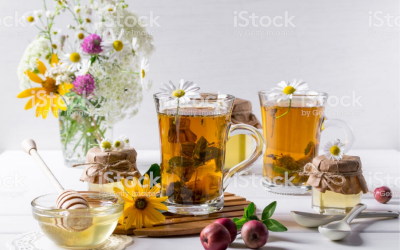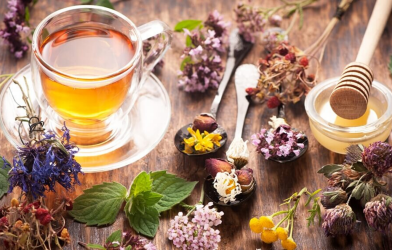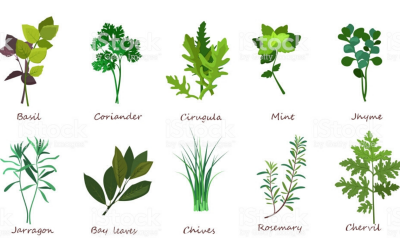Mint
Grow it: Use a sunken pot, because it grows vigorously.
Use it: Ideal for treating the collywobbles, which you might know as butterflies in the stomach. Sip tea made with fresh peppermint leaves to soothe stomach cramps, nausea, and flatulence. For a natural decongestant, place a fistful of mint leaves in a shallow bowl and cover with boiling water. Lean over it, drape a towel over your head, and breathe the steam.
Growing Mint
All mints prefer a cool, moist spot in partial shade but will also grow in full sun. Mint is extremely variable from seed. Instead, order plants from a reputable source, or visit a nursery to find plants whose flavor and aroma appeal to you. One plant of each cultivar you select will soon provide more than enough mint for home use—the big problem is to keep them from overrunning all neighboring plants. To avoid this, plant mints in bottomless containers that are at least 15 inches deep and sunk in the ground with one or two inches protruding above the soil surface, or plant above the ground in tubs and barrels.
Harvesting
Snip leaves or sprigs as needed. To harvest in quantity, cut stems to within an inch or so above the ground. You can make several harvests, depending on the length of the season. Hang mint in loose bunches to air dry, dry individual leaves on a tray in a food dehydrator, or freeze in self-sealing bags.
Uses
Enjoy aromatic mint teas hot or iced. Peppermint tea, a centuries-old remedy, can calm an upset stomach. Add chopped fresh leaves to lamb, rice, salads, or cooked vegetables. Corsican mint is an attractive creeper, good between paving stones or in the rock garden.







0 Comments